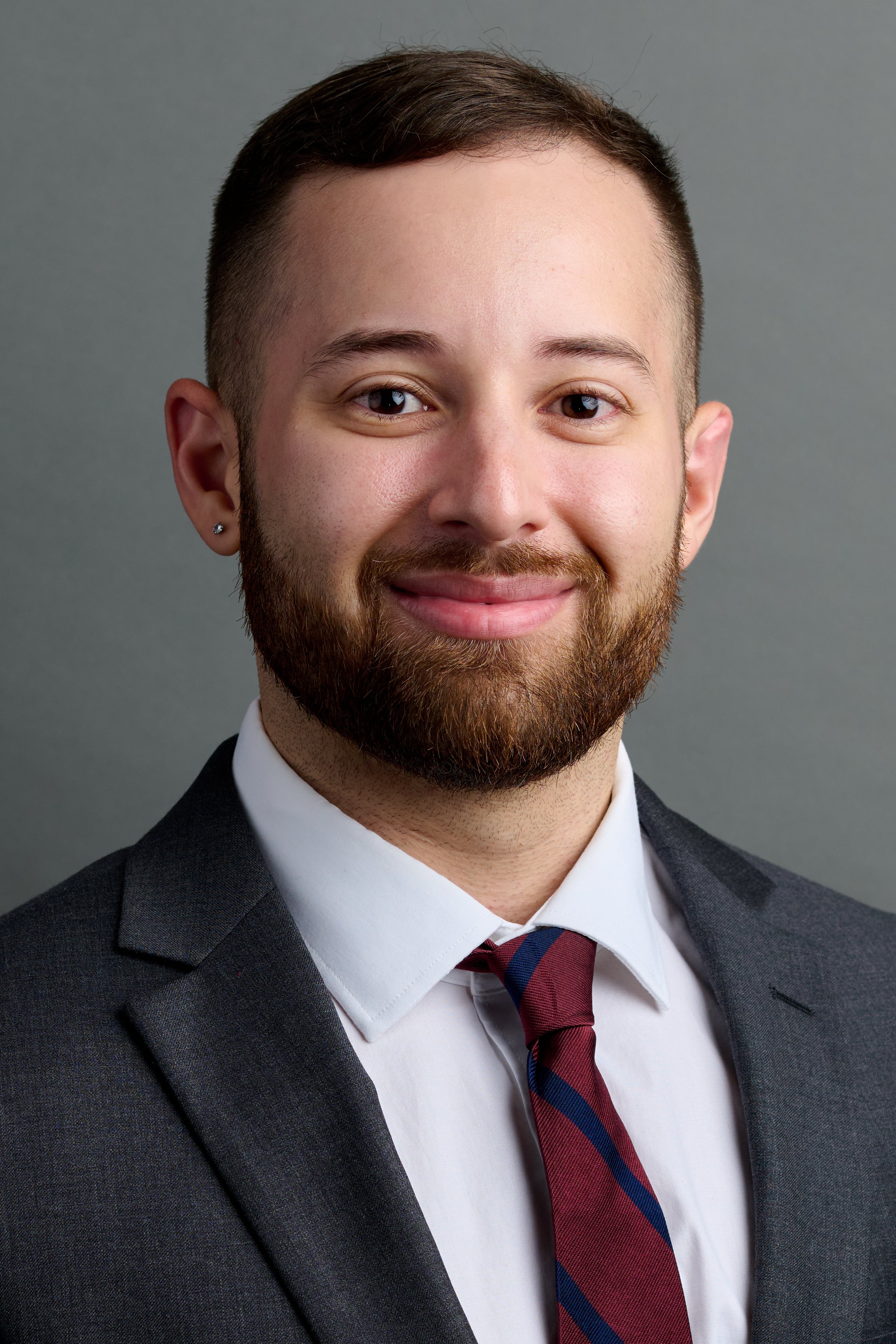Reflections on SPA-AAP Pediatric Anesthesiology 2025
SPA-AAP 2025 was more than just a conference—it was a meeting of minds, a showcase of innovation, and a reminder of why we do what we do. Held in Orlando, FL, this year’s theme, "It's Our Small World: Shaping the Future of Pediatric Anesthesia," felt especially fitting. Through three packed days, we dove into research, debated new clinical approaches, and connected with colleagues who share the same passion for improving care for our youngest patients.
WHAT STOOD OUT THE MOST?
1. Pushing the Boundaries of Pediatric Regional Anesthesia
Every year, we see more refined techniques in regional anesthesia for neonates and infants, and this year was no exception. A particularly compelling poster from University of Pittsburgh/UPMC examined urinary complications in infants with indwelling epidural catheters, raising important questions about how we balance pain control with potential risks. This research, which won the Bosenberg Award, could have a real impact on how we manage post-op pain in our smallest patients.
2. The Challenges of Cardiac Anesthesia in Complex Cases
One of the most striking presentations was a case study on PDA stent palliation in a neonate with Tetralogy of Fallot and a complete tracheal ring. Managing anesthesia for both congenital heart disease and airway abnormalities is always a challenge, and this case highlighted the importance of multidisciplinary collaboration to ensure safe perioperative care.
3. The Human Side of Pediatric Anesthesia
Beyond the technical discussions, there was a lot of talk about ethics, shared decision-making, and the evolving role of anesthesiologists in patient-centered care. How do we balance innovation with what’s best for the patient in front of us? How do we make sure families are fully informed and involved? These are the kinds of conversations that keep us growing—not just as clinicians, but as advocates for our patients.
POSTER HIGHLIGHTS – WHAT CAUGHT MY EYE?
There were too many great posters to list them all, but a few that really stood out:
"Investigating Urinary Complications in Infant Surgical Patients with Indwelling Epidural Catheters" (University of Pittsburgh/UPMC) – Award-winning research shedding light on risks we don’t always think about in regional anesthesia.
“PDA Stent Palliation in a Neonate with Tetralogy of Fallot and Complete Tracheal Ring” – A deep dive into the complexities of anesthetic management in high-risk congenital cardiac cases.
“Gastric Ultrasound in Pyloric Stenosis” - Dr. Mecoli's POCUS group and colleagues presented an insightful study on gastric ultrasound (GUS) in infants undergoing pyloromyotomy, showing that pre-induction GUS led to modified induction techniques and a lower incidence of peri-intubation hypoxemia. A practical takeaway for pediatric anesthesiologists managing these high-risk cases.
Pain Control in Pectus Surgery - Another highlight was Dr. Suryakumar Narayanasamy and colleagues’ study comparing erector spinae catheters vs. intercostal nerve cryoablation for postoperative pain in pectus surgery. While cryoablation reduced opioid use, it came with prolonged neurological symptoms, emphasizing the need for long-term follow-up.
“Anesthetic Considerations in Pediatric Liver Transplantation” - Dr. Kim My Li and colleagues presented a comparative study on ultra-low-weight (<5 kg) vs. 5-10 kg pediatric liver transplant recipients, highlighting increased hemodynamic instability in smaller patients. The study stressed the importance of nuanced perioperative management in this high-risk population.
These studies reinforce the evolving role of anesthesia in improving pediatric surgical outcomes. The meeting provided not only new research but also practical takeaways for daily OR practice.
The POCUS workshop at SPA-AAP 2025 offered practical insights into using ultrasound to enhance our perioperative care. It focused on using airway and pulmonary ultrasound to ensure accurate intubation and evaluate lung conditions, along with gastric ultrasound for aspiration risk. It also showcased FATE exam to identify cardiovascular issues and FAST exam to assess for trauma-related fluid accumulation. A hands-on session that truly expands our skill set for safer, more precise anesthetic care in the OR. A great reminder of how important it is to stay at the cutting edge!
It was also great to catch up with colleagues, meet new ones, and share ideas that extend far beyond what’s on the official agenda. Sometimes, those unscripted moments are where the real learning happens.
BEYOND THE RESEARCH: THE OVERALL EXPERIENCE
Of course, SPA-AAP isn’t just about the lectures and posters—it’s about the people. This year, I had some of the best conversations over coffee between sessions, during hands-on workshops, and even in the hallways while running between talks.
It was also great to catch up with colleagues, meet new ones, and share ideas that extend far beyond what’s on the official agenda. Sometimes, those unscripted moments are where the real learning happens.
WHERE DO WE GO FROM HERE?
A few big takeaways I’m bringing back from SPA-AAP 2025:
We need to keep pushing for more personalized, patient-centered approaches—whether in pain management, regional techniques, or perioperative care.
Collaboration is key. The best outcomes happen when we work closely with our surgical, NICU, and pain management colleagues to build comprehensive care plans.
Stay curious. Every year, this conference reminds me how much there is still to learn—and that’s what makes this field so exciting.
SPA-AAP 2025 left me energized and inspired, and I can’t wait to see how these discussions shape our field in the months and years to come. If you were there, what were your biggest takeaways?

